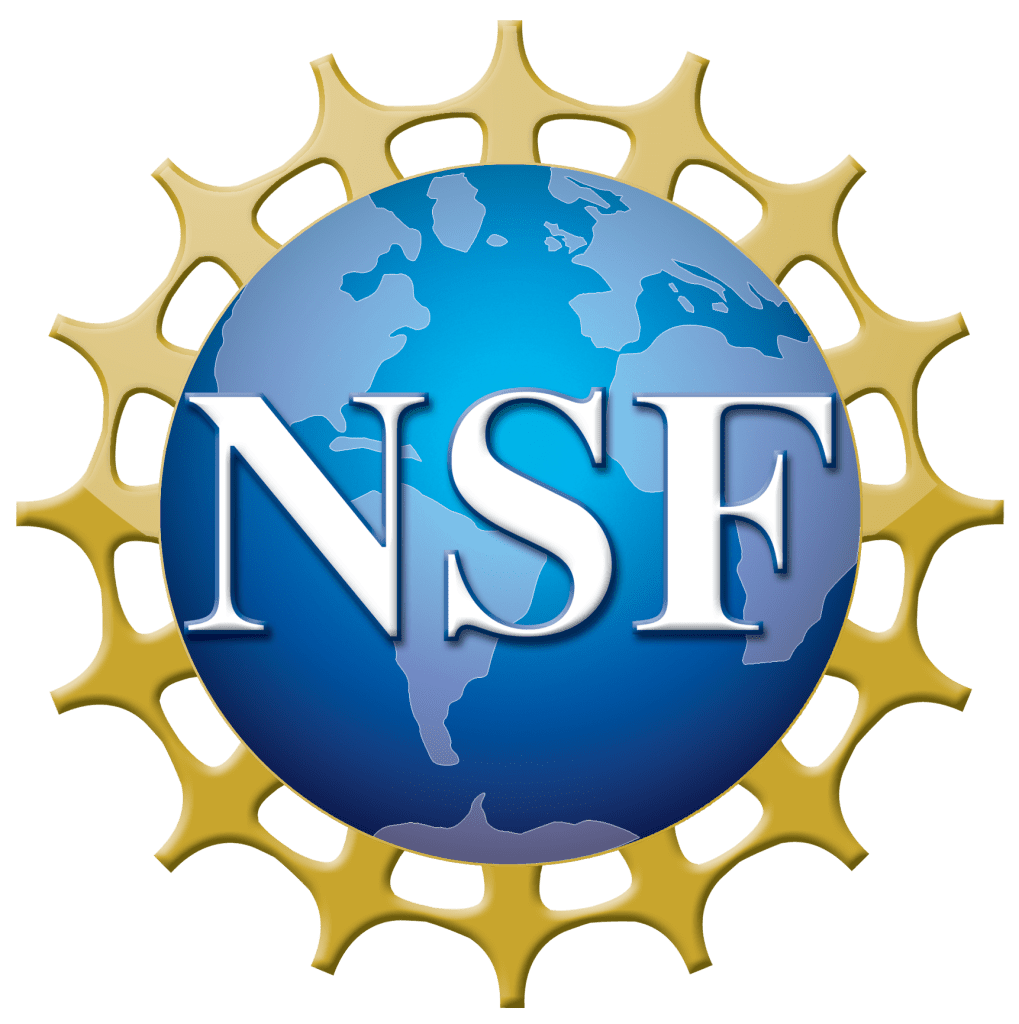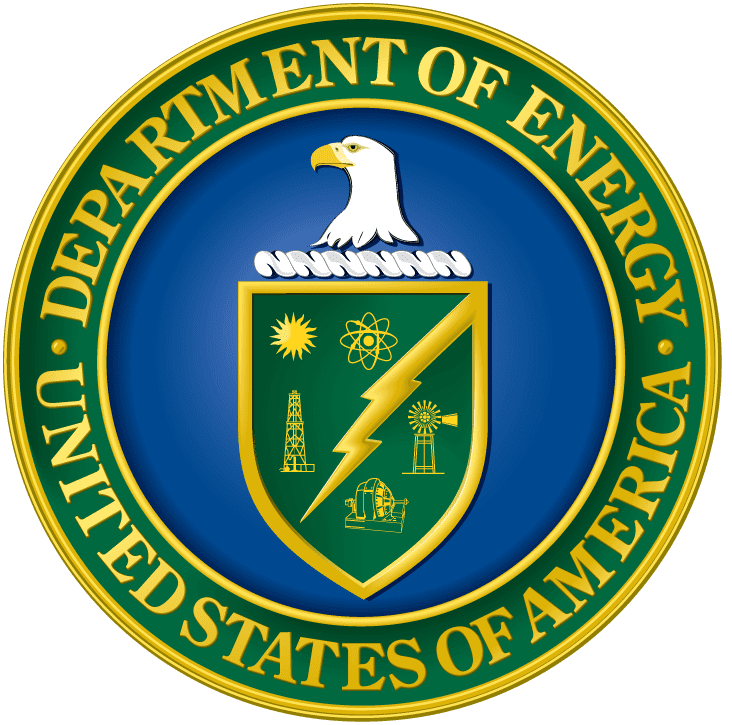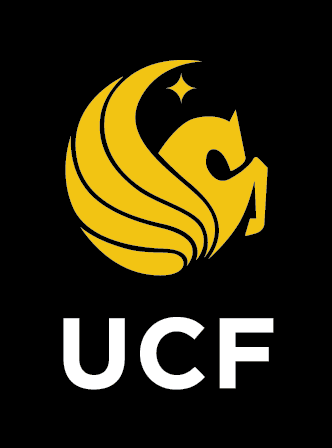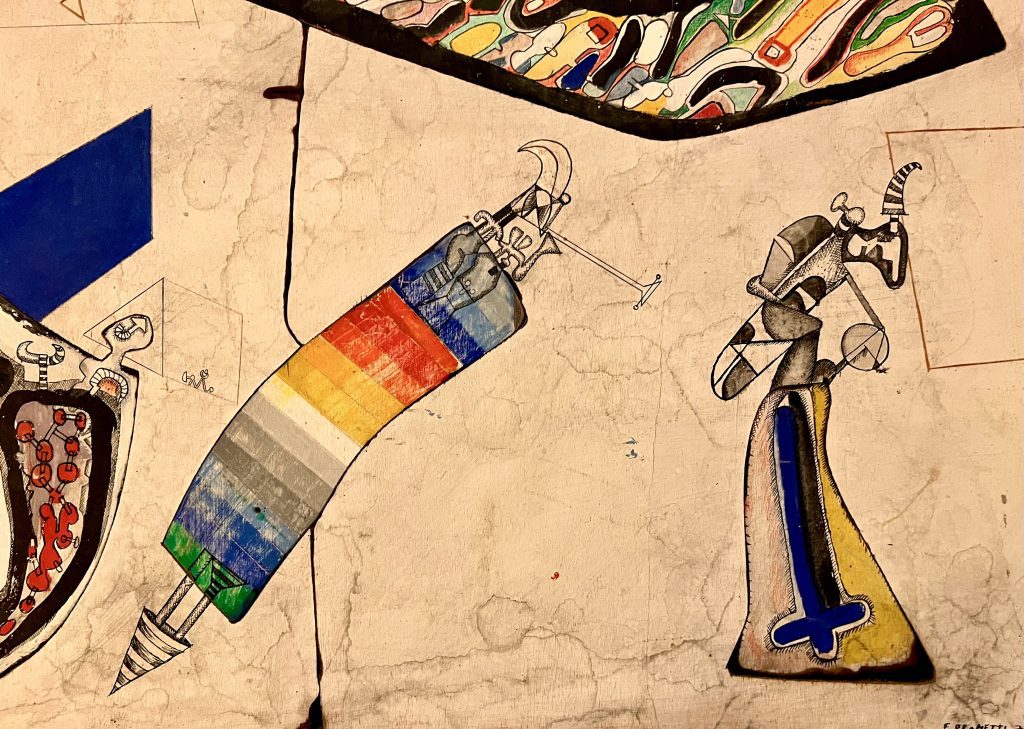
A New Science is Born (and won the Nobel Prize!)
At the turn of the XX century, transformative advances in laser technology have led to the generation of light pulses with duration as short as few tens of attoseconds (1 as = 10-18 s), which is the characteristic time scale of electrons’ motion in atoms and molecules. This breakthrough made it possible to observe the most elementary processes in matter, such as charge migration, the photoelectric effect, and Auger decay, in real time.
On October 3rd 2023, the Royal Swedish Academy of Sciences awarded the Nobel Prize in Physics to Pierre Agostini, Ferenc Krausz, and Anne L’Huillier “for experimental methods that generate attosecond pulses of light for the study of electron dynamics in matter”. This major recognition highlights both the important contributions of these founding members of the attosecond community and the lasting impact of attosecond science on the field of physics.
By virtue of the time-energy uncertainty principle, attosecond light pulses contain a broad range of frequencies that reach from the extreme ultraviolet to the x-ray region of the electromagnetic spectrum. The photon energy, therefore, is large enough to eject one or more electrons from a target. Attosecond spectroscopies, furthermore, often employ intense infrared probe pulses that trigger highly non-linear processes in the electronic continuum.
Attosecond spectroscopies involves the ionization continuum and many non-perturbative processes, in which electronic correlation and quantum coherence play a major role. For these reasons, traditional perturbative tools designed for non-linear infrared and visible spectroscopies, electronic many-body methods for bound states, strong-field methods in single-particle approximation, and incoherent population-dynamics methods for plasmas, are insufficient to interpret and guide attosecond experiments.
The Theoretical Attosecond Science group at UCF develops new ab initio theories, analytical and semi-empirical models, and computational methodologies that can simulate the ultrafast electronic and nuclear motion triggered by ultrashort light pulses in atoms and molecules. Learn more about who we are, our research, outreach activities, and publications.
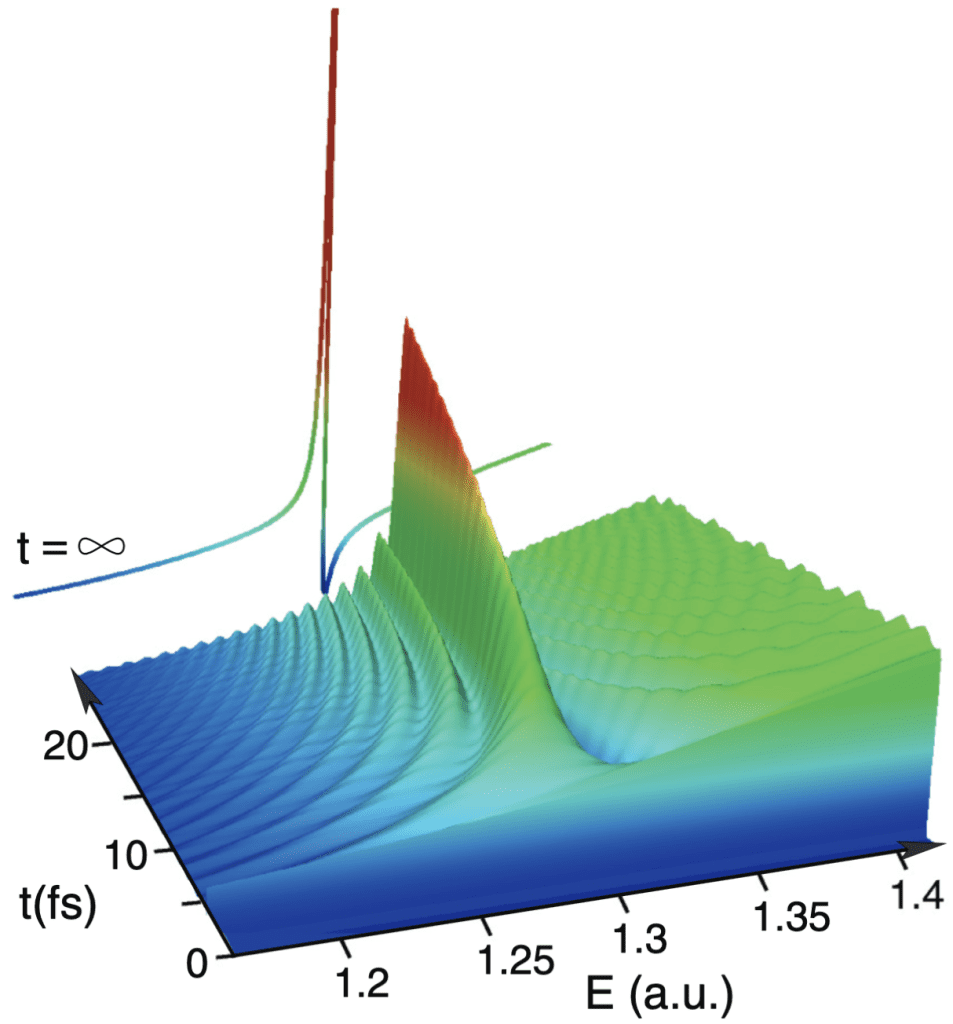
Contact
Federal and Institutional Support
Since its inception in 2016, the research of Luca Argenti’s Theoretical Attosecond Science group at UCF has been generously supported by three consecutive 3-year grants from the Theoretical Atomic, Molecular, and Optical Physics (TAMOP) Program of the National Science Foundation, and by a 5-year Early Career award from the Atomic, Molecular, and Optical Sciences (AMOS) Program of the Department of Energy. The group gratefully acknowledges also UCF support through the PI’s starting grant, seed funds, the Reach For The Stars award, and four Preeminent Postdoctoral Scholar awards (P3), which have been instrumental in multiplying federal grant’s impact.

